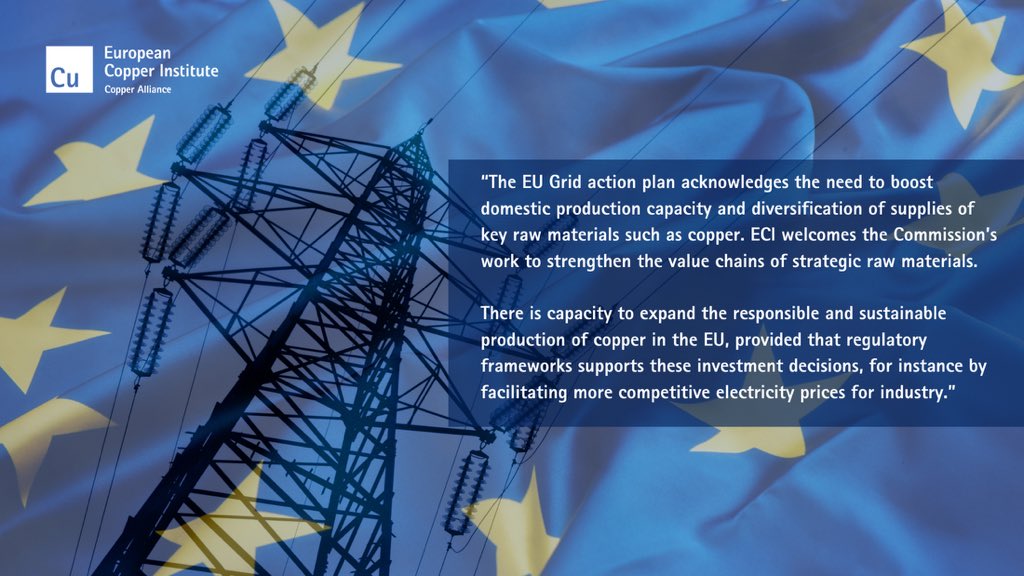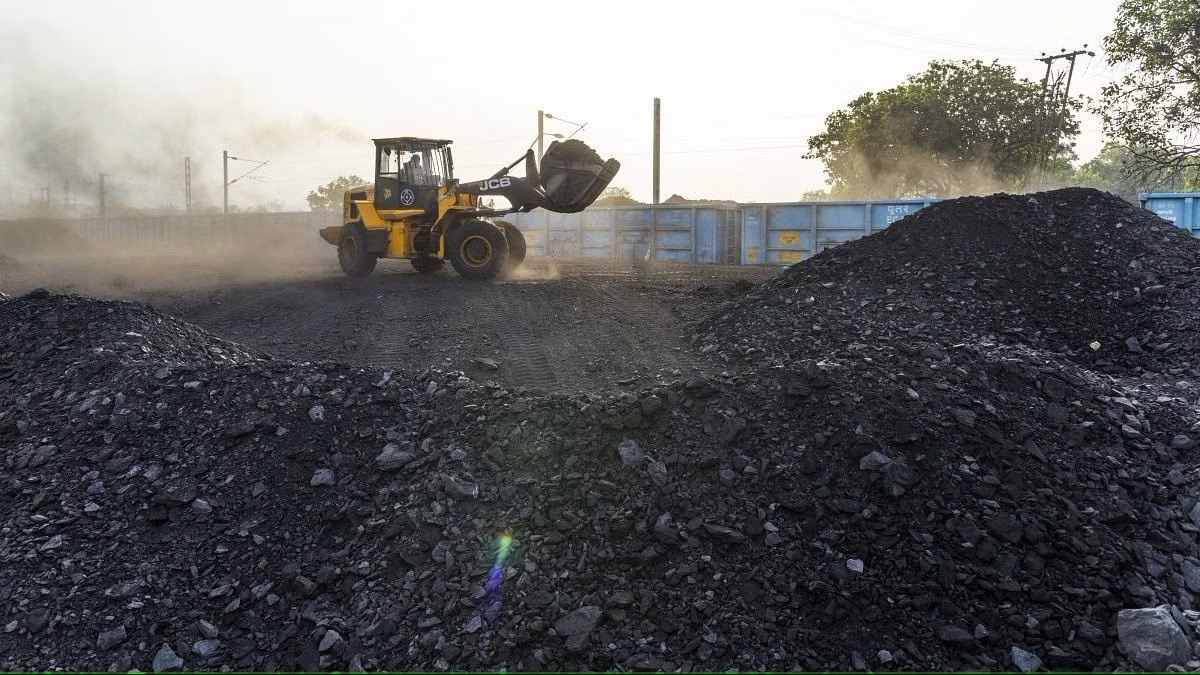India’s insatiable appetite for copper, a crucial metal for infrastructure, electronics, and renewable energy, faces a stark reality: over 80% of its needs are met through imports. This dependence exposes the nation to volatile global prices and supply chain disruptions. Recognizing this vulnerability, the government has unveiled a multi-pronged strategy to unlock domestic copper reserves and achieve self-sufficiency.
 The cornerstone of this strategy lies in the MMDR Amendment Act 2023, which introduces Exploration Licenses. These licenses empower private players to delve into the depths, searching for “deep-seated” minerals like copper, traditionally hidden from easy reach. This move is a paradigm shift, inviting cutting-edge technology, financial muscle, and expertise from the private sector to accelerate exploration efforts.
The cornerstone of this strategy lies in the MMDR Amendment Act 2023, which introduces Exploration Licenses. These licenses empower private players to delve into the depths, searching for “deep-seated” minerals like copper, traditionally hidden from easy reach. This move is a paradigm shift, inviting cutting-edge technology, financial muscle, and expertise from the private sector to accelerate exploration efforts.
Further easing the journey are revised regulations that allow accredited private explorers to bypass the “Prospecting License” stage. This translates to faster mobilization and quicker identification of promising copper deposits. Additionally, these explorers gain access to funding from the National Mineral Exploration Trust, mitigating financial hurdles and expediting the exploration process.
However, the path to copper self-sufficiency isn’t without its roadblocks. The fate of the Vedanta Smelter in Tuticorin, Tamil Nadu, hangs in the balance. This smelter, with a capacity of 2.34 lakh tonnes of refined copper, remains shuttered since 2018 due to legal wrangles. While a Supreme Court verdict is awaited, its prolonged closure represents a significant missed opportunity for domestic copper production.
While boosting production is crucial, achieving sustainable and responsible copper mining is equally important. Environmental concerns surrounding mining activities and the well-being of local communities need to be addressed with utmost sensitivity. Implementing sustainable mining practices, adhering to stringent environmental regulations, and ensuring community engagement are not just ethical imperatives but also essential for long-term success.
India’s quest for copper self-sufficiency is at a pivotal juncture. The new policy interventions hold immense potential, but their effectiveness hinges on careful implementation, addressing environmental concerns, and navigating legal roadblocks like the Tuticorin smelter case. By striking a delicate balance between economic aspirations, environmental responsibility, and social well-being, India can chart a course towards a secure and sustainable copper future.




